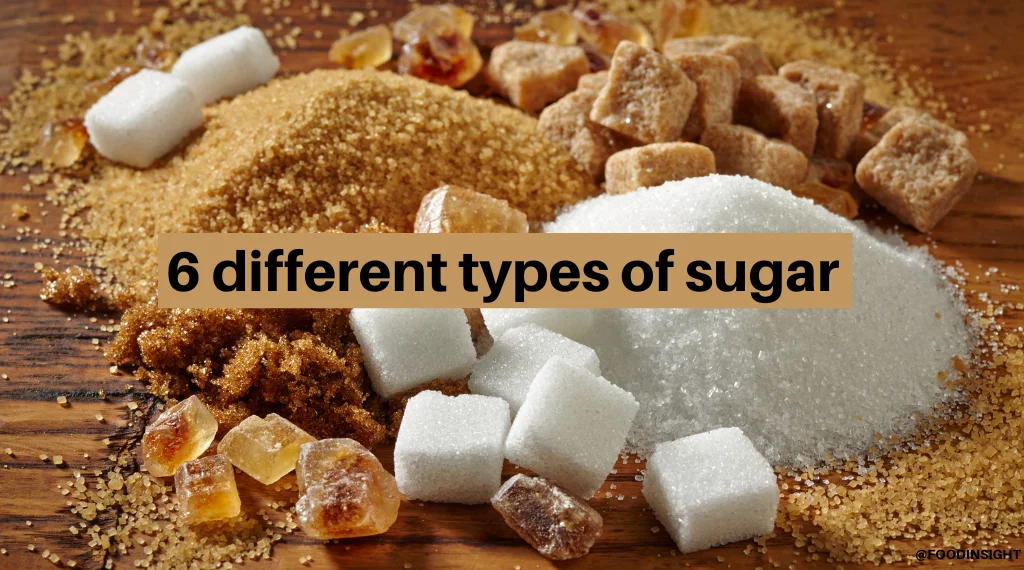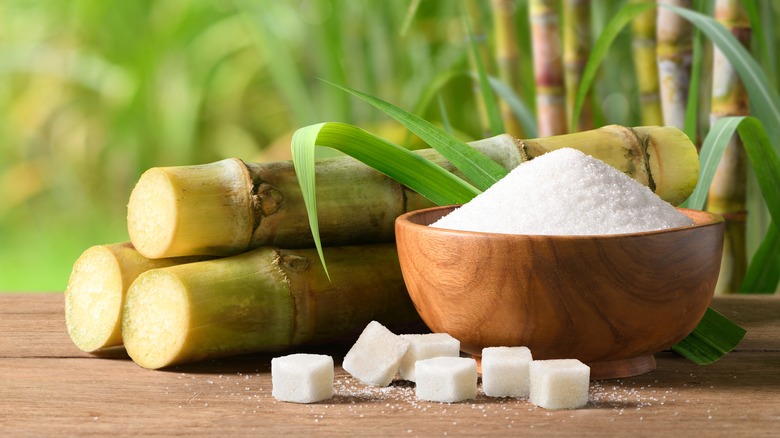The growing techniques for beet sugar vs cane sugar contribute to differences in production scale.
The growing techniques for beet sugar vs cane sugar contribute to differences in production scale.
Blog Article
Exploring the Differences in operation and Advantages In Between Beet Sugar Vs Cane Sugar
In the cooking world, the option between beet sugar and cane sugar is not merely concerning sweet taste yet entails a nuanced factor to consider of flavor, application, and impact. While both sugars stem from various plants, each undergoes one-of-a-kind manufacturing processes that subtly affect their characteristics and suitability for numerous dishes.
Origins and Manufacturing Processes of Beet and Cane Sugar

Walking cane sugar, on the other hand, originates from the sugarcane plant, a tropical yard belonging to Southeast Asia now grown in exotic zones worldwide. The production of cane sugar starts with the harvesting of cane stalks, which are crushed to release the juice. This juice is then boiled to concentrate it, after which it is spun in centrifuges to create raw sugar crystals. These crystals are additional refined to produce the white sugar frequently offered in shops.

Nutritional Content and Health Considerations

When contrasting the dietary content of beet sugar and cane sugar, it comes to be obvious that both kinds essentially supply the very same calorie values, with about 16 calories per tsp and no considerable nutrient diversity. Each is made up practically totally of sucrose, which is a simple carbohydrate that uses fast power however lacks vitamins, minerals, or fiber. This resemblance includes their effect on wellness, especially worrying blood glucose degrees. Both sugars, when eaten over, can add to raised blood sugar levels, a danger factor for diabetic issues and various other metabolic disorders. Too much intake can lead to weight gain and dental issues, as both sugars are just as cariogenic, promoting tooth decay. From a wellness perspective, regulating consumption of any kind of kind of sugar, whether from beet or cane, is suggested to prevent these possible adverse effects on wellness. Therefore, neither holds a distinct benefit over the other in regards to health advantages.
Taste Profiles and Culinary Applications
Regardless of their similar chemical structures, Source beet sugar and cane sugar differ discreetly in flavor, which can affect their use in numerous culinary contexts. Cane sugar typically carries a hint of molasses, even in its refined form, providing a warm, caramel-like touch that improves baked products, coffee, and chocolate-based recipes. On the various other hand, beet sugar is identified by its highly improved, neutral preference, making it a flexible sweetener that does not Visit This Link modify the taste profiles of dishes.
Ecological Effect and Sustainability
While both beet and cane sugars are acquired from plants, their ecological impacts differ significantly due to the unique techniques of farming and processing needed for each. Sugar beet farming usually entails comprehensive automation, which can raise fossil gas usage and carbon discharges. Nonetheless, beetroots can be grown in cooler climates and call for less watering, potentially minimizing water usage contrasted to sugarcane. Sugarcane, on the other hand, is typically grown in tropical areas where it counts heavily on watering and a longer growing duration, increasing its water footprint.
Furthermore, the processing of sugarcane commonly generates a substantial quantity of waste, consisting of bagasse, which, although functional as biofuel, frequently adds to air pollution if melted inefficiently. Sugar beet processing uses even more of the raw products, leading to much less waste. Both sectors encounter challenges in decreasing their ecological footprints, yet recurring innovations in agricultural techniques and waste administration are intending official statement to boost sustainability.
Economic Elements Influencing the Sugar Market
The economic dynamics of the sugar sector are significantly affected by global market needs and trade policies. In areas where sugarcane or sugar beet production is subsidized, producers might have an economic advantage that allows them to offer reduced costs on the worldwide market.
Additionally, fluctuations in global demand for sugar, affected by nutritional trends and commercial usage in food products, directly impact rates and production levels. beet sugar vs cane sugar. Climate condition likewise play a pivotal role, as they can considerably affect crop yields and, subsequently, the supply chain. This variability presents a degree of economic uncertainty that can result in investment volatility in sugar production sectors, influencing choices from planting to market technique
Conclusion
In conclusion, both beet and cane sugar have distinct high qualities that match different cooking requirements. While cane sugar imparts a rich flavor suitable for improving baked products, beet sugar's nonpartisanship is excellent for lighter recipes.
Report this page